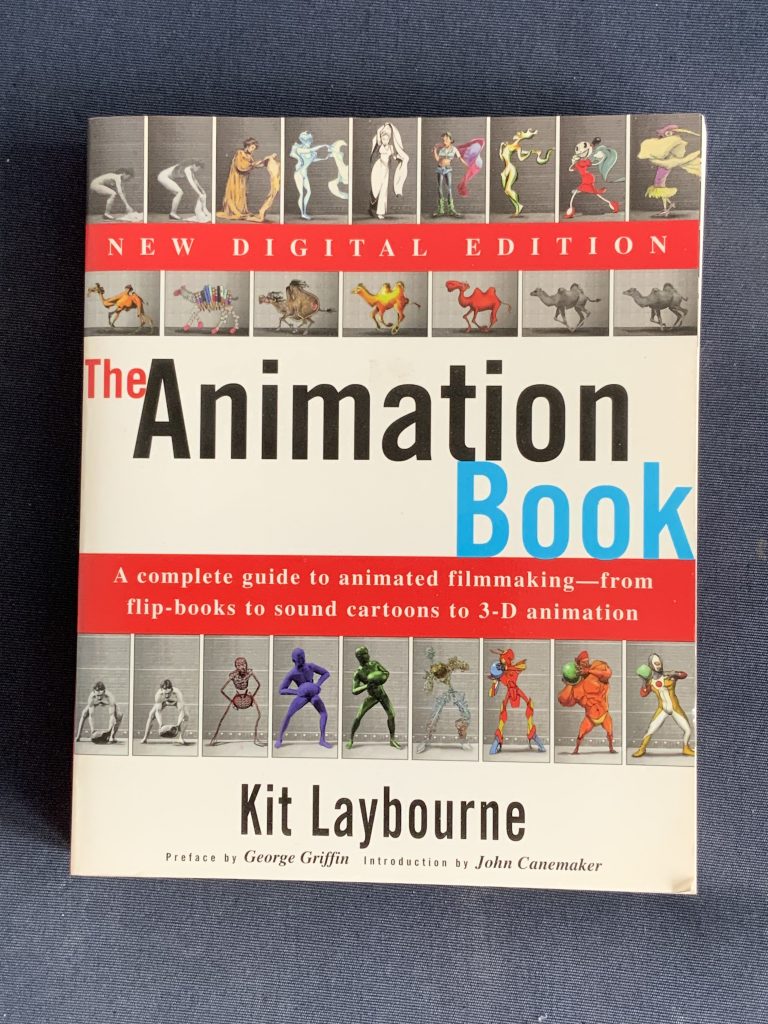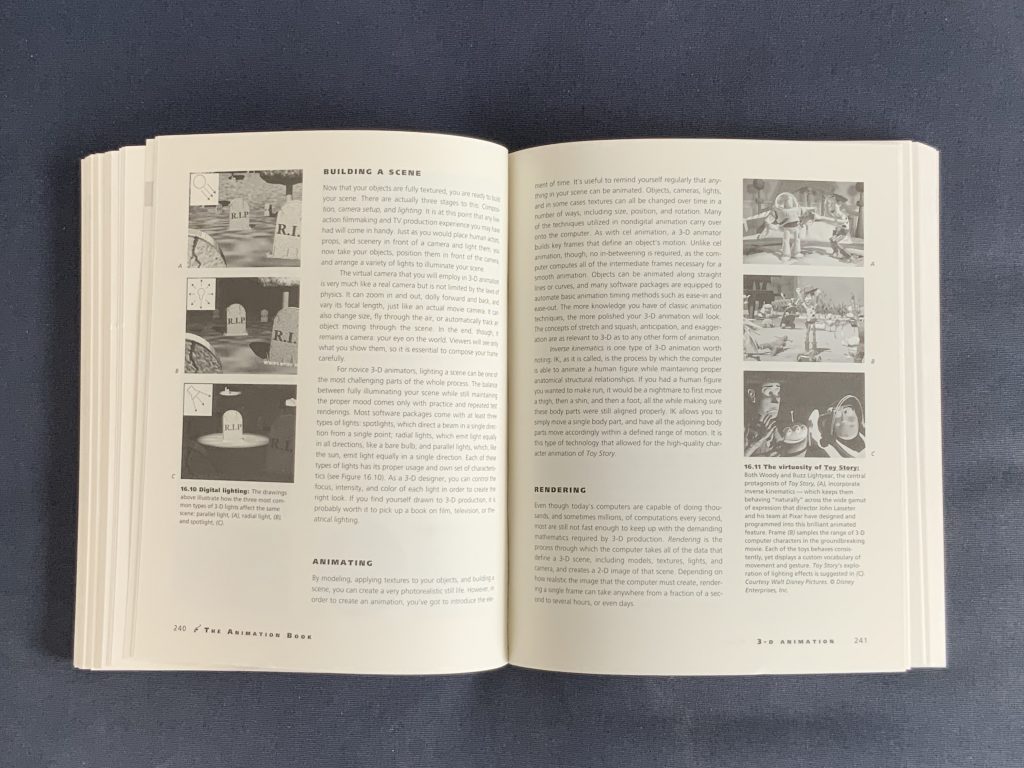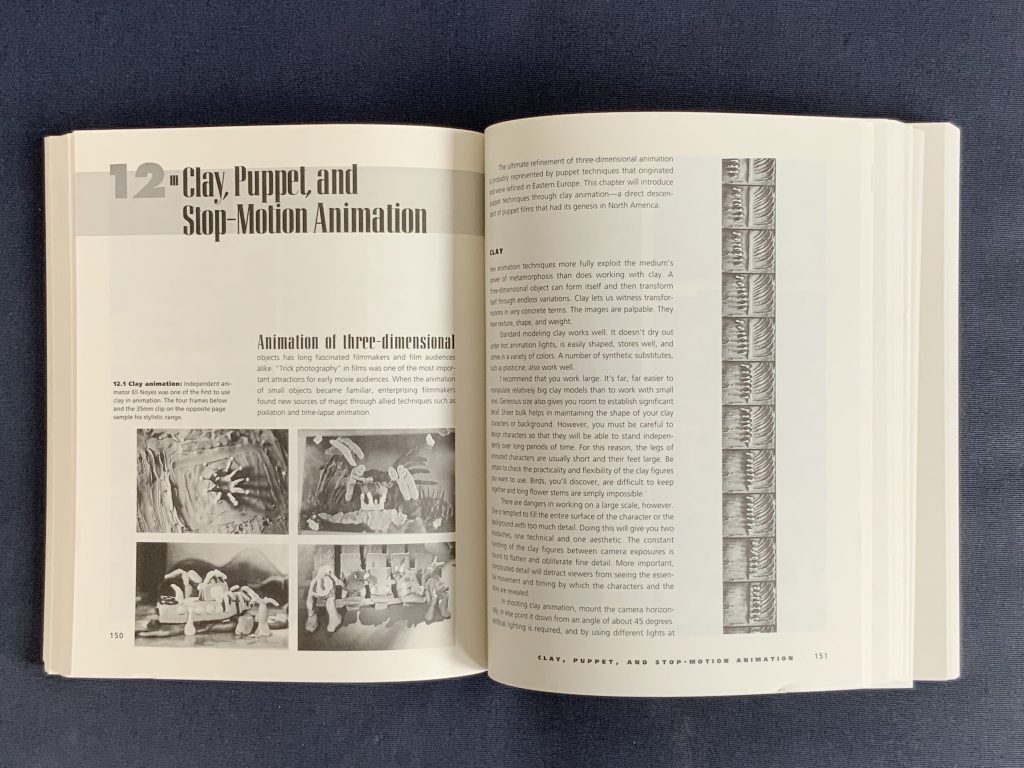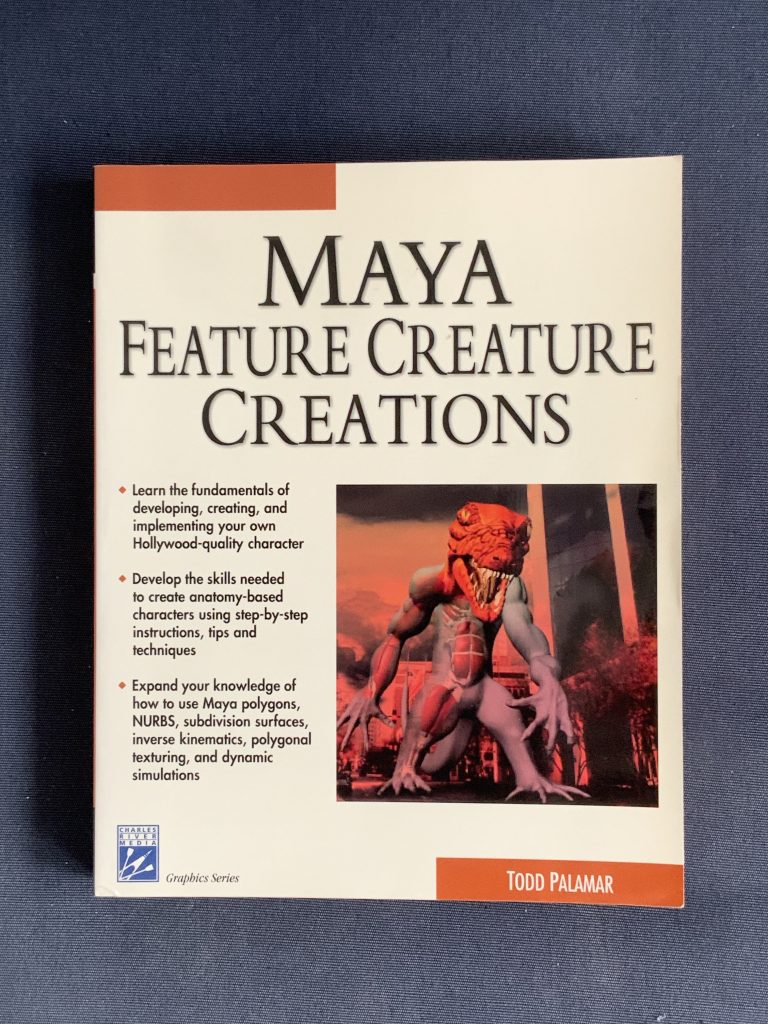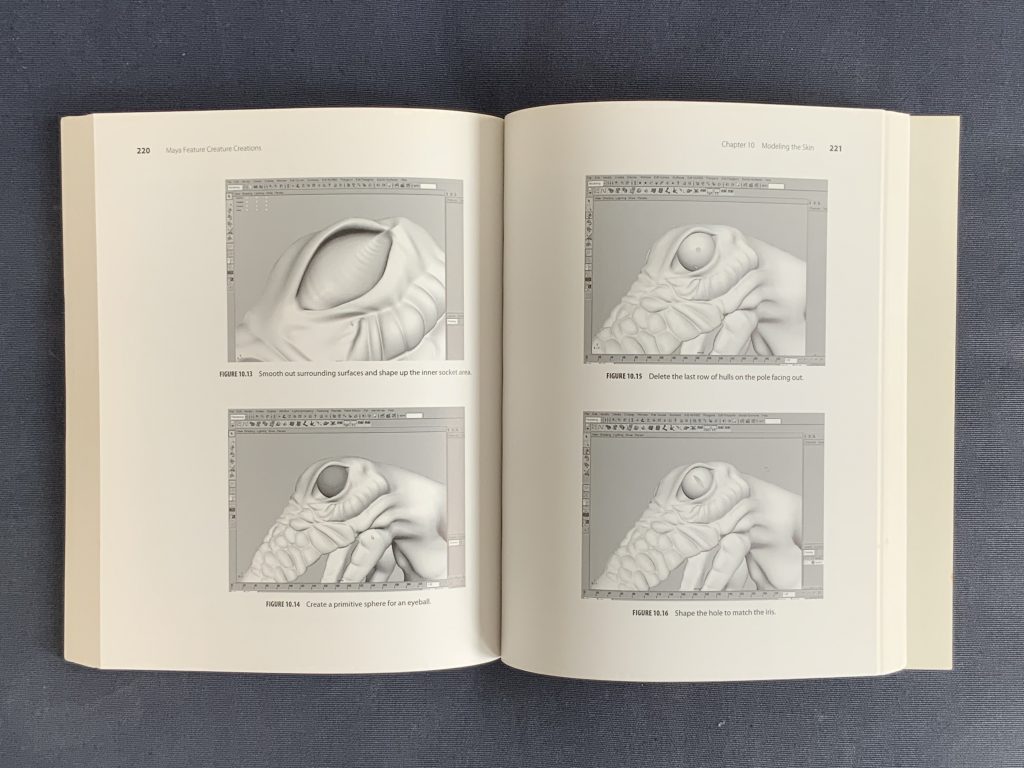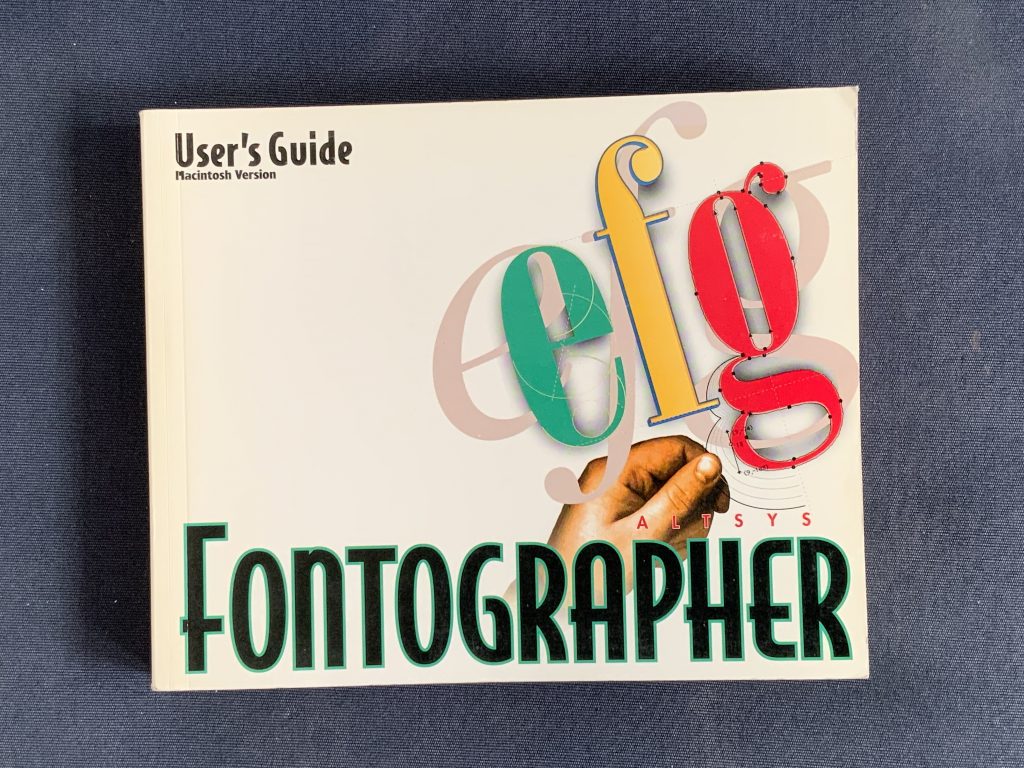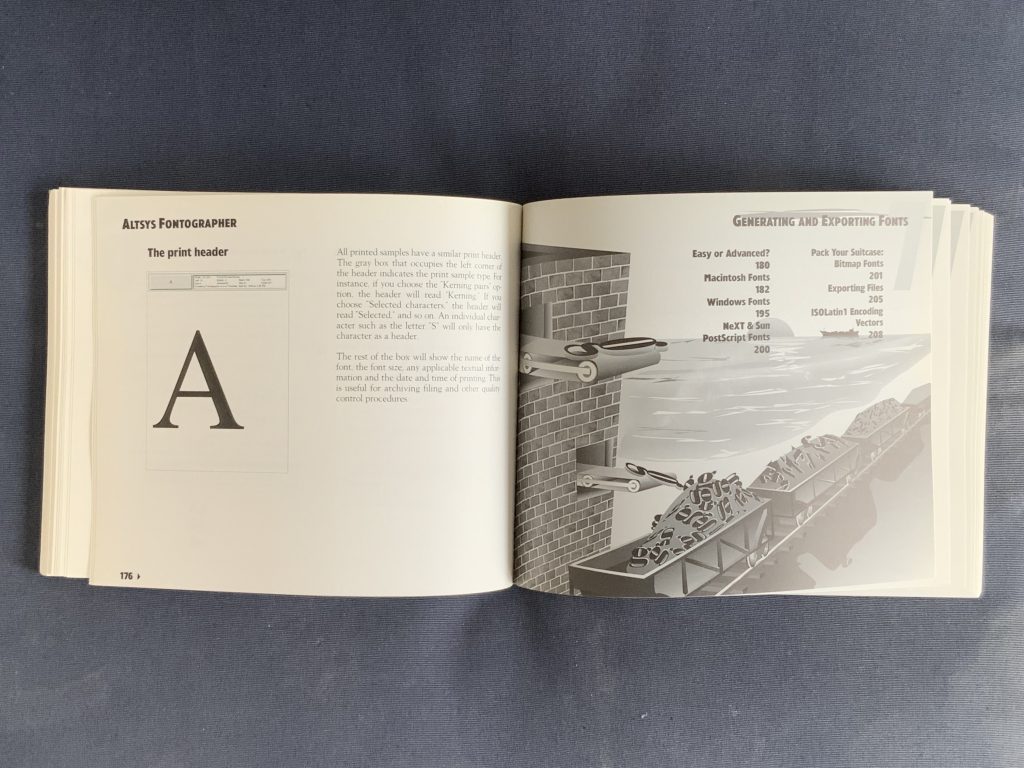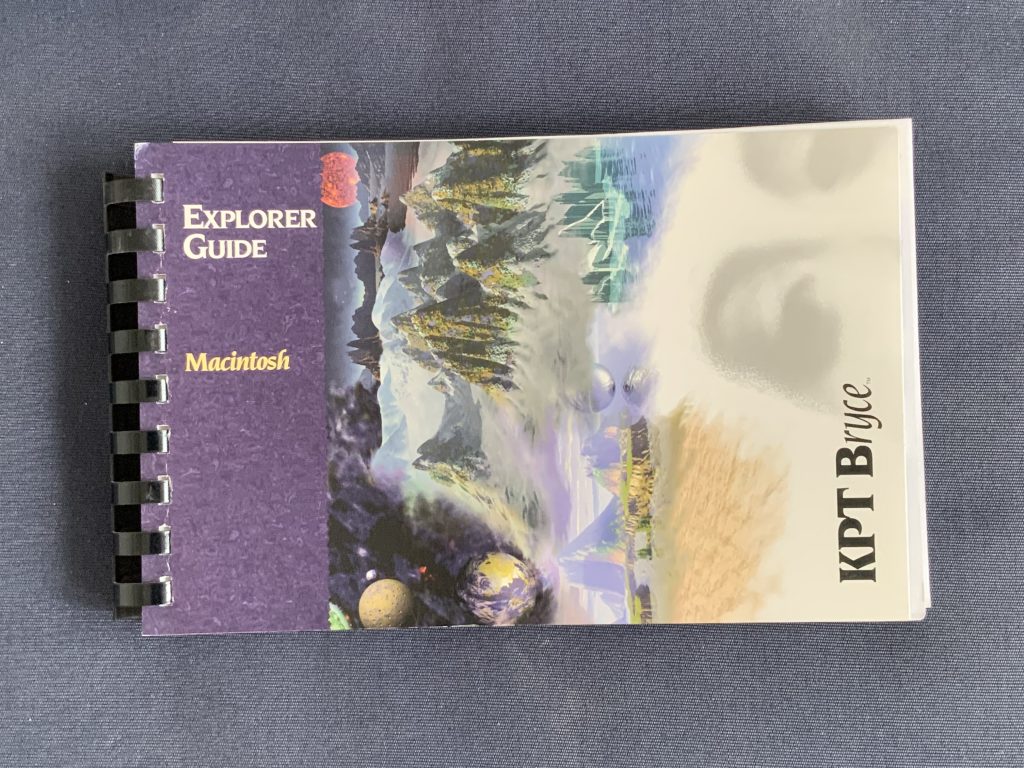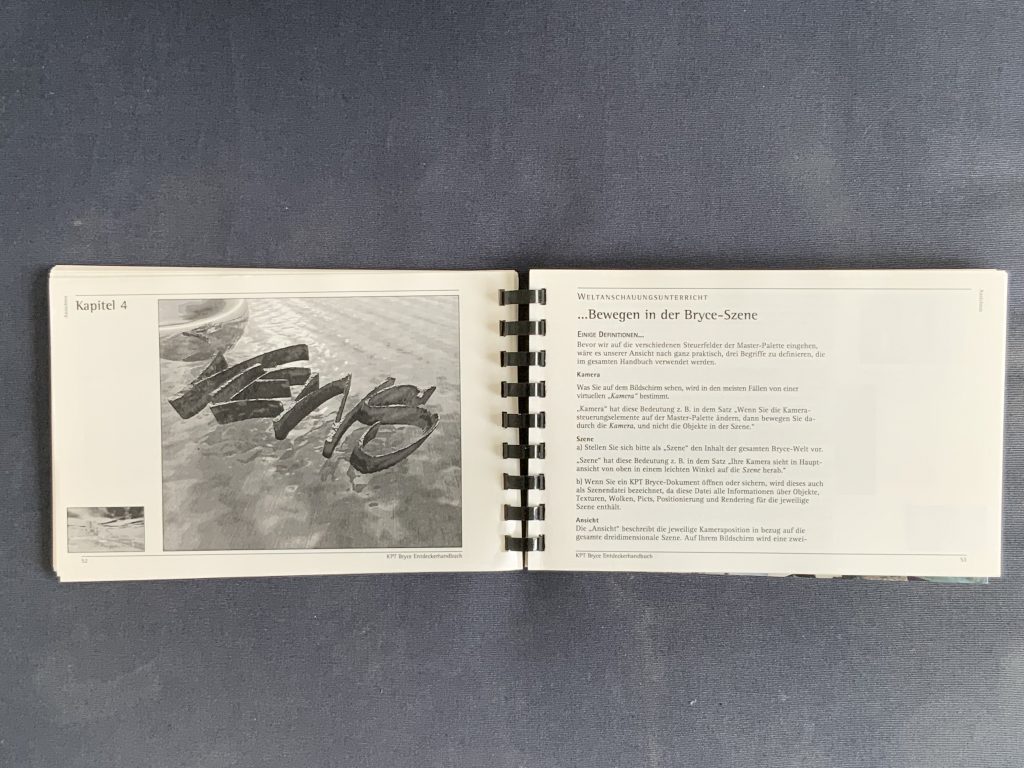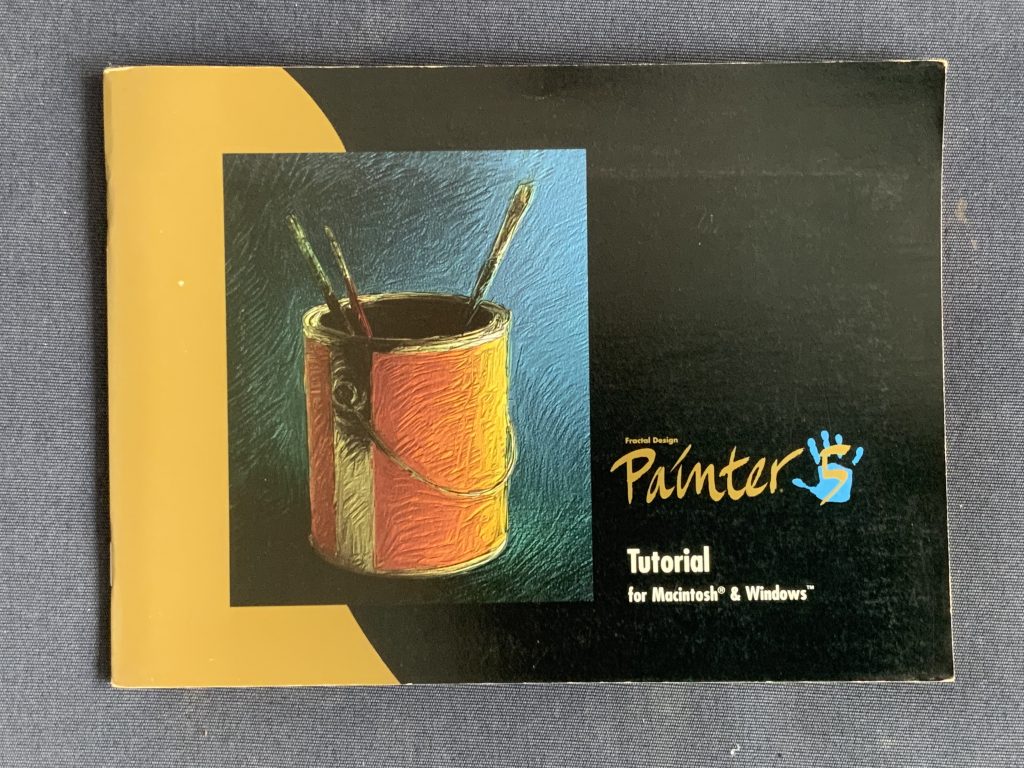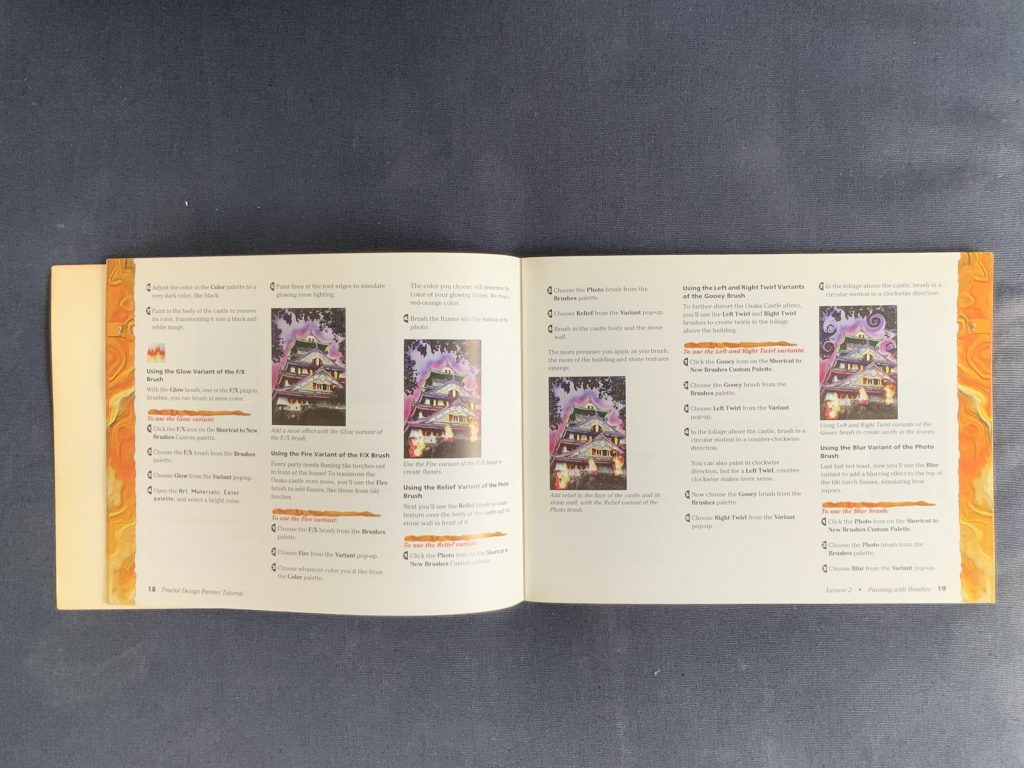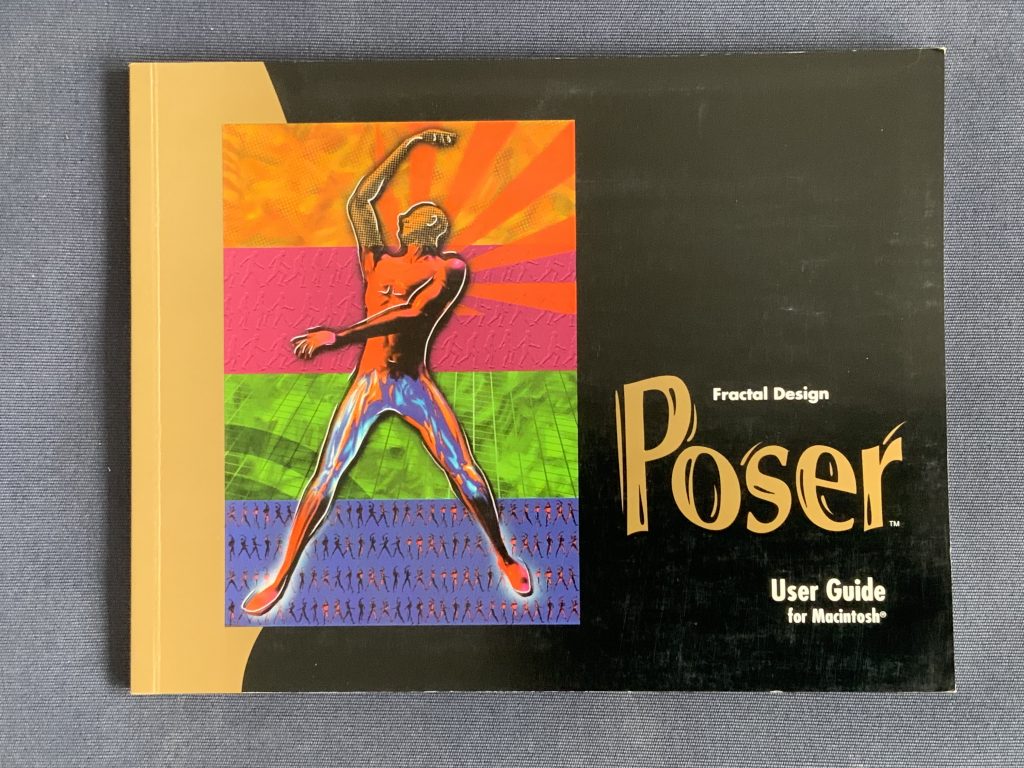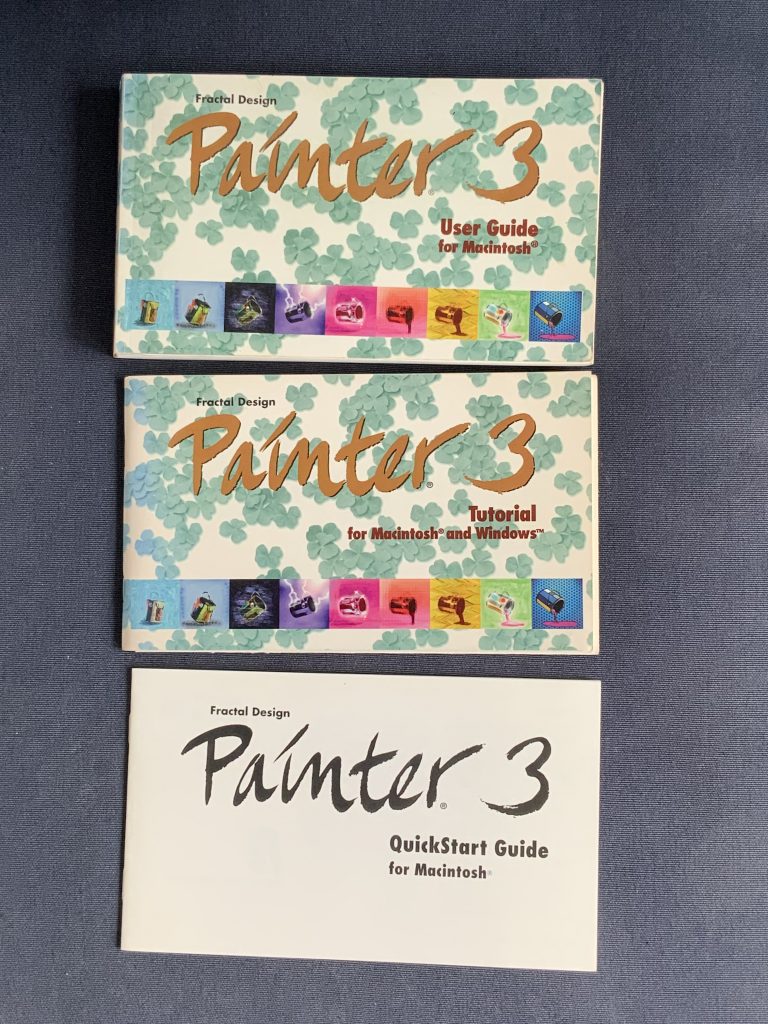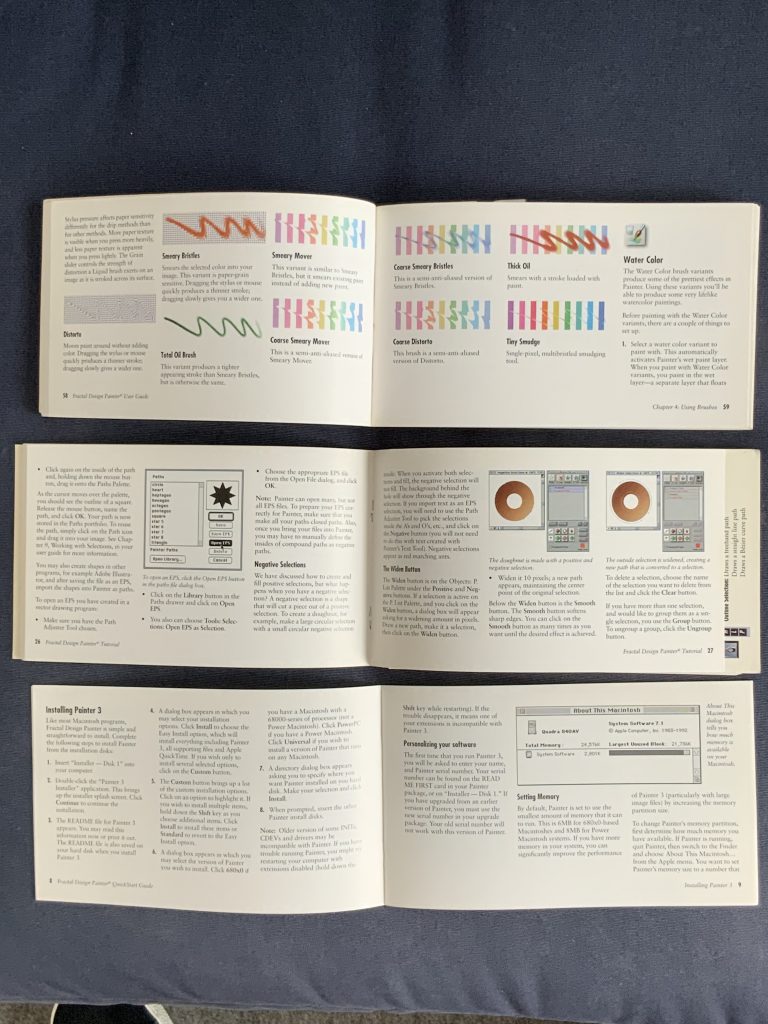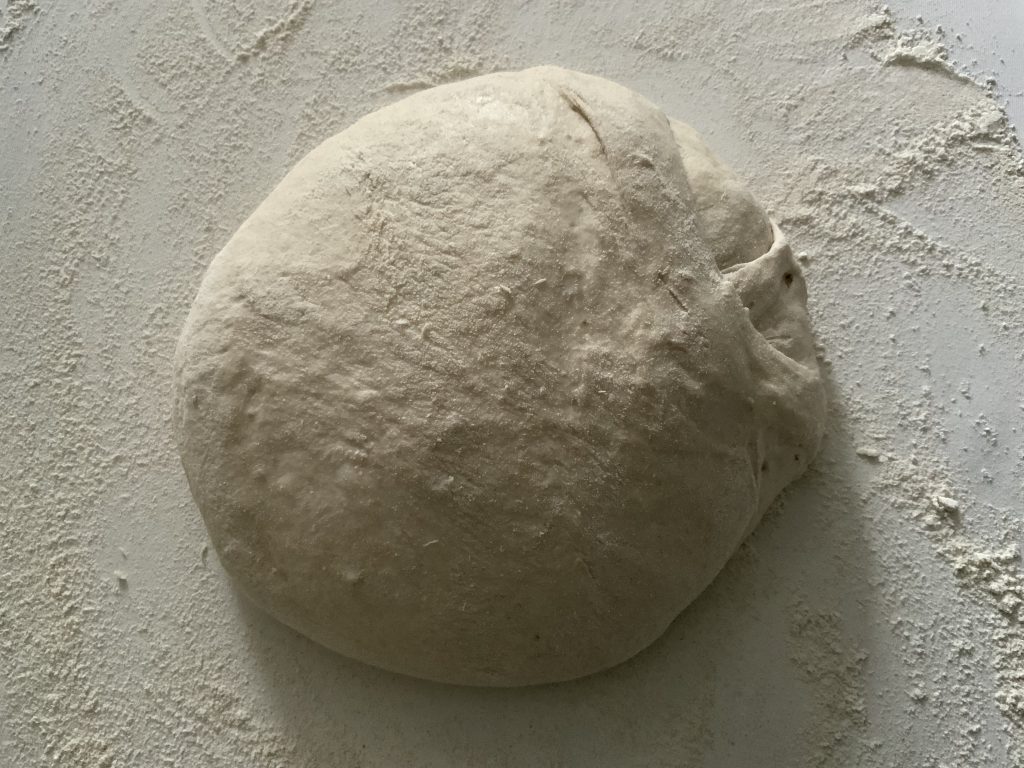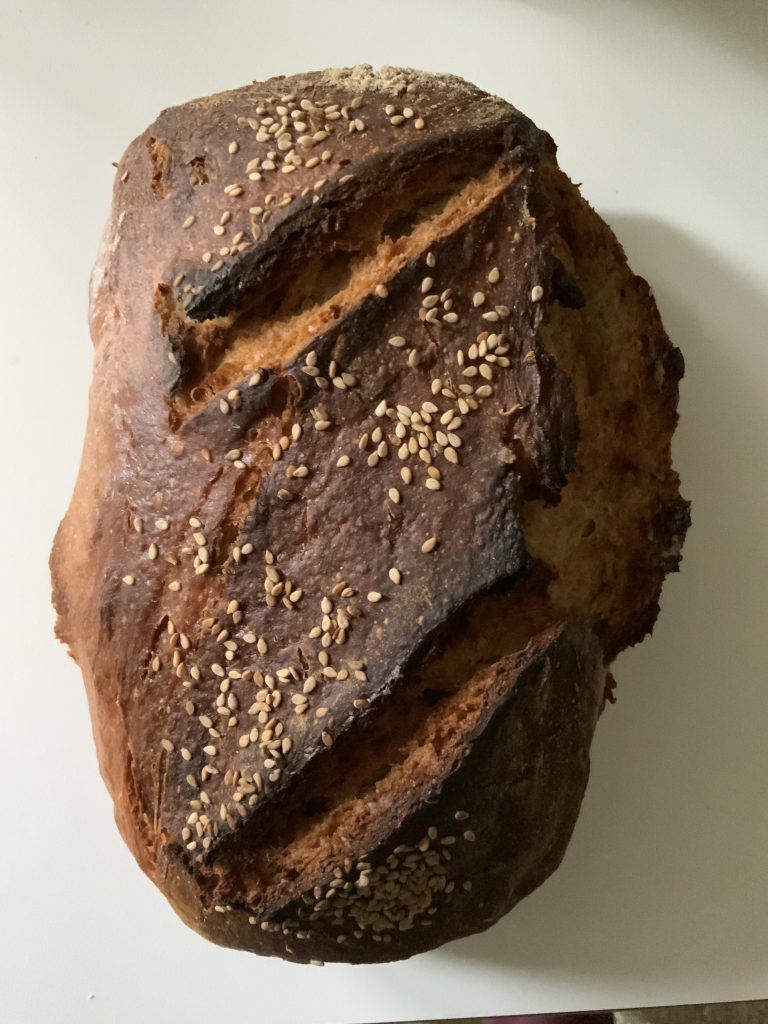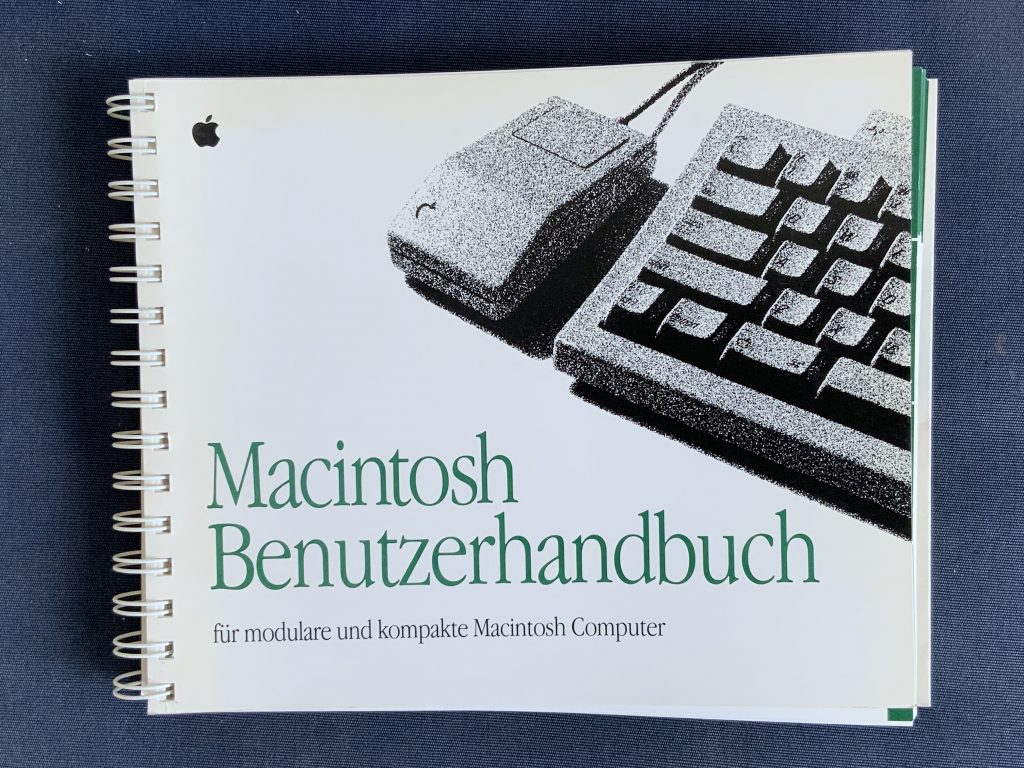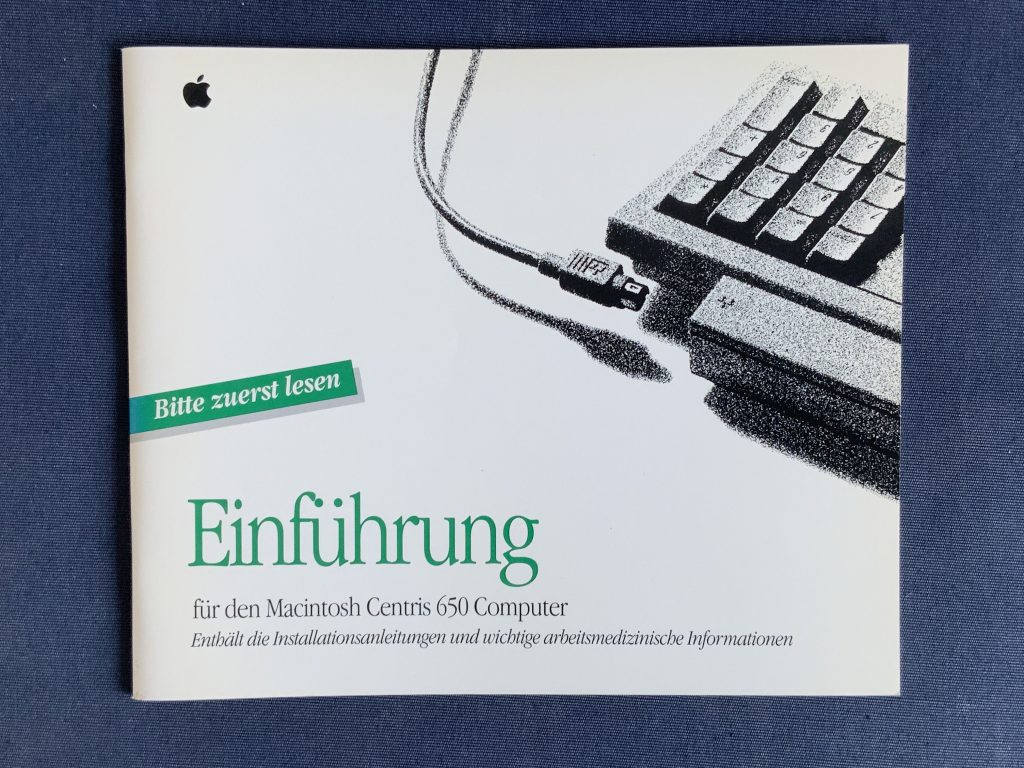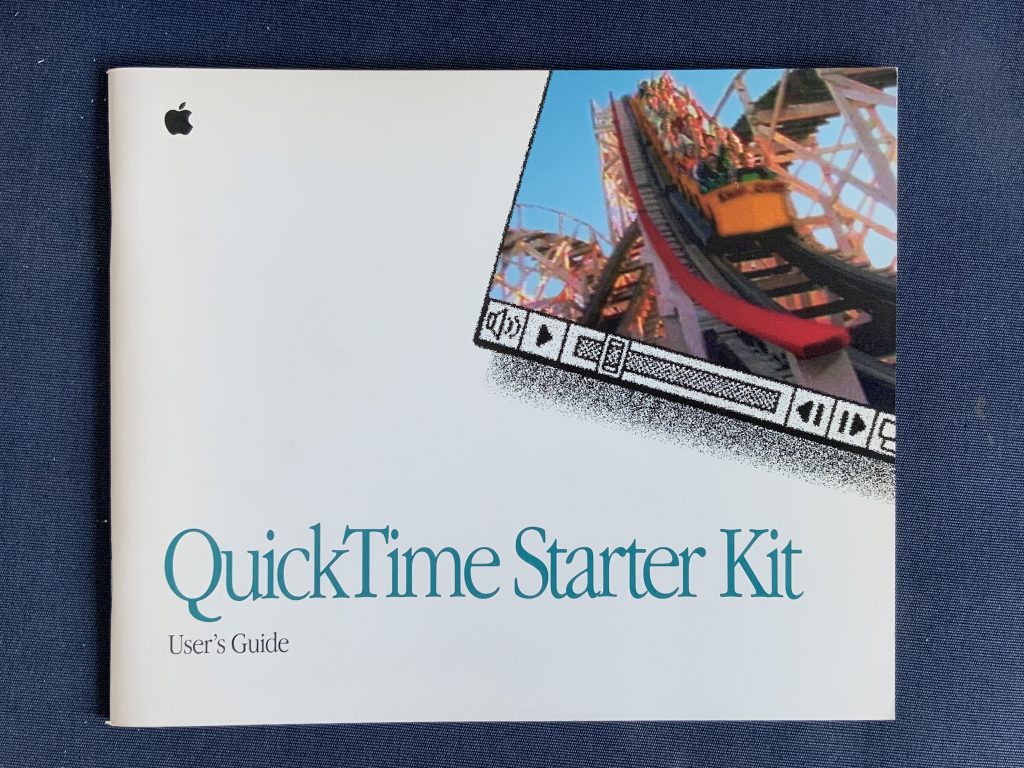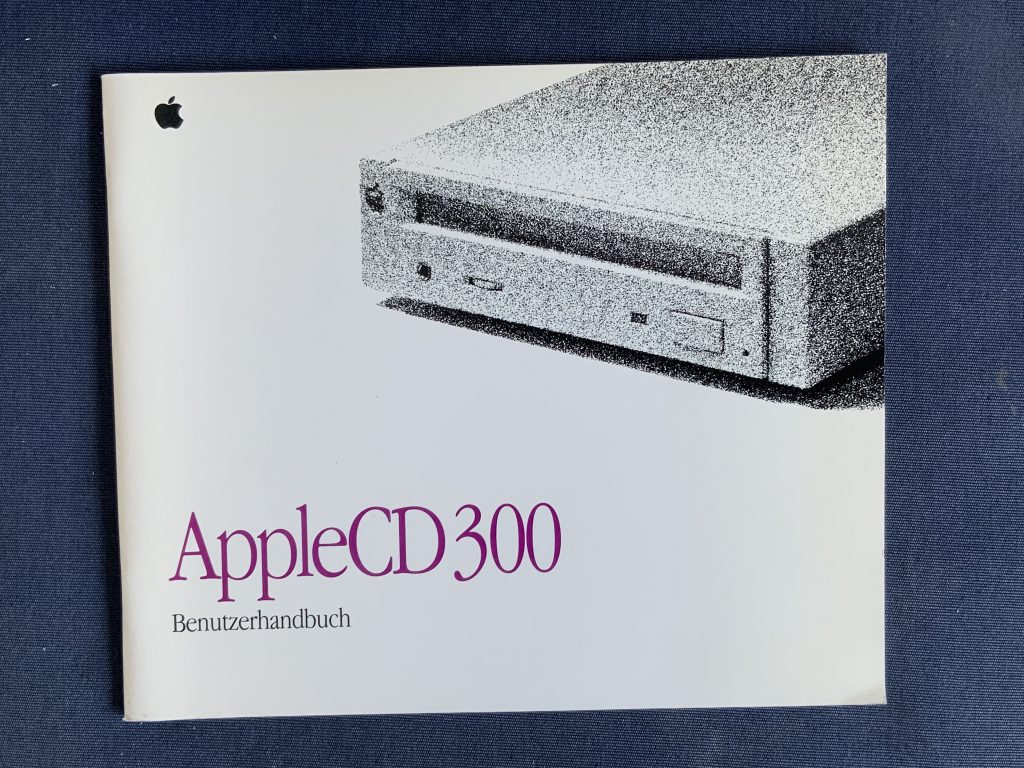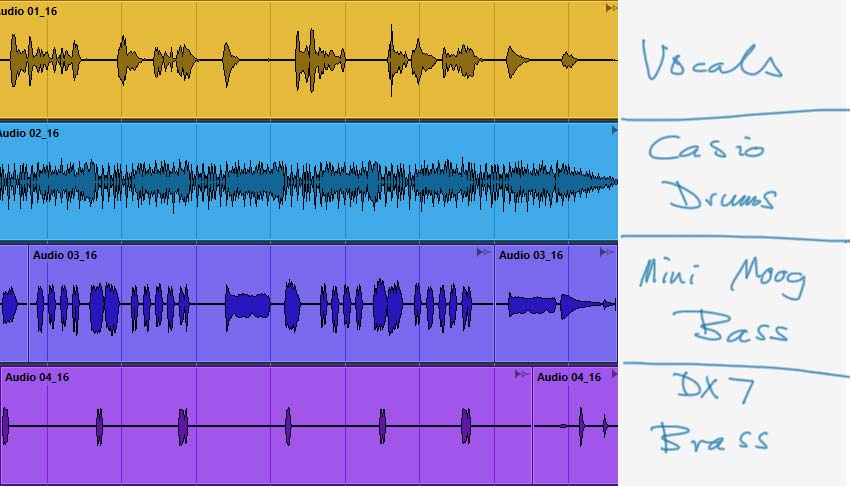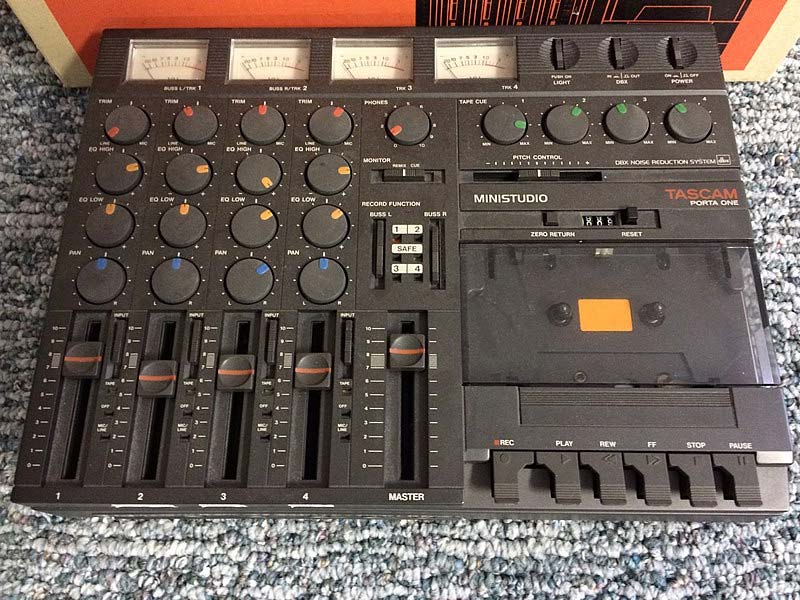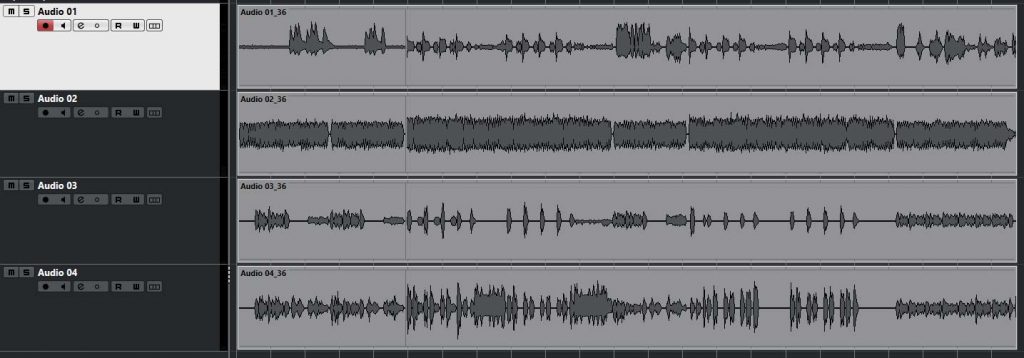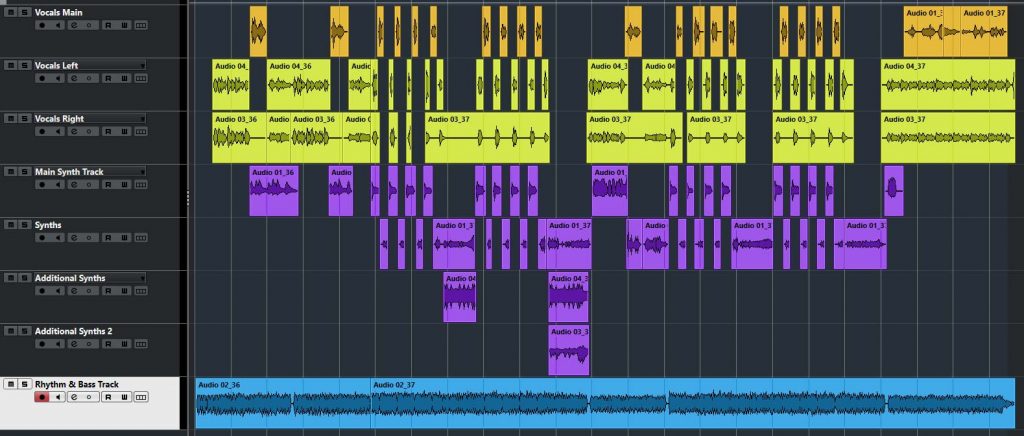es gibt menschen, die andere so oft fragen, wie es ihnen geht, dass es aufdringlich wirkt. insbesondere, wenn auf die gegenfrage, wie es ihnen selbst geht, ausweichende antworten kommen. meistens aber ist es so, insbesondere auf dem land, dass die frage, wie es dem anderen geht, gar nicht erst aufkommt. so trifft man sich nach monaten auf einem familienfest, und auf dem heimweg denkt der ein oder andere: niemand hat sich dafür interessiert, wie’s mir eigentlich geht.
dahinter steckt möglicherweise die auffassung: wenn jemand was zu sagen hat, wird er/sie’s schon von selbst erzählen. das ist wishful thinking.
manchen menschen mag aber das “gen” fehlen, die frage nach dem “wie geht’s Dir?” überhaupt zu stellen. die frage fällt ihnen nicht ein. sie haben das nie geübt.
andere haben vielleicht angst, mit eventuell dramatischen antworten umgehen zu müssen. sie wollen nicht hören, dass es jemandem schlecht geht, oder er/sie einen wechsel in seinem leben anstellen möchte. weil die frage „wie geht’s Dir?“ nicht gestellt wird, bleibt das gespräch auf einem lauwarmen niveau.
eine richtig üble variante ist diese: man sitzt abends in einer gruppe zusammen, stundenlang. man kennt sich, hat sich aber länger nicht gesehen. dann geht eine person ins bett. plötzlich herrscht rege diskussion darüber, was diese person eigentlich so macht und wie es ihr geht. das muss kein tratschen sein; aber warum hat man die person nicht direkt gefragt, als sie noch da war?
im englischen sprachraum (wie in vielen anderen) gibt es die begrüßungsfloskel: how are you? darauf kommt meist die antwort: fine. und das gespräch geht in eine andere richtung. im deutschen ist “wie geht’s Dir, was machst Du?” eher ungewöhnlich.
dabei beruht kommunikation auf genau dem.

